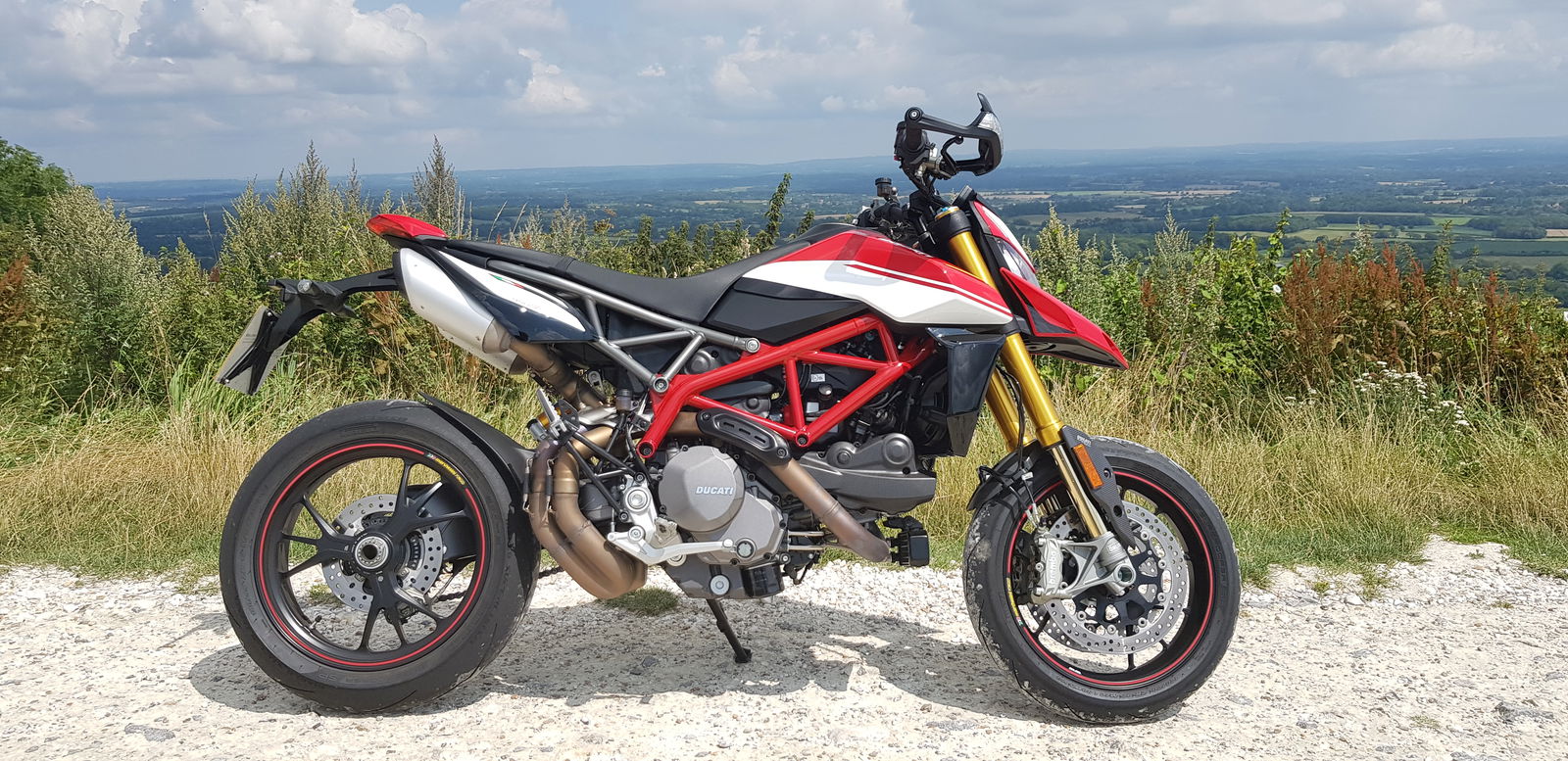2019 Yamaha R1M Review
The 2019 R1M is a formidable machine, and much easier to ride at high speed than you may have been led to believe.

The 2019 R1M is a technical tour-de-force, with an electronics suite to rival any other machine on the road. Its electronic wizardry is backed by on-track success in BSB, WSBK and endurance racing such as the Suzuka 8hr. But what is a track-racing icon like to live with on a day-to-day basis?
Legendary sportsbikes really don’t come much bigger than this. Released straight into the Japanese motorcycle space-race that was the late 20th century, the Yamaha R1 was the only machine to take the crown of Honda’s all-conquering ‘Blade.
Watch our 2019 R1M video review
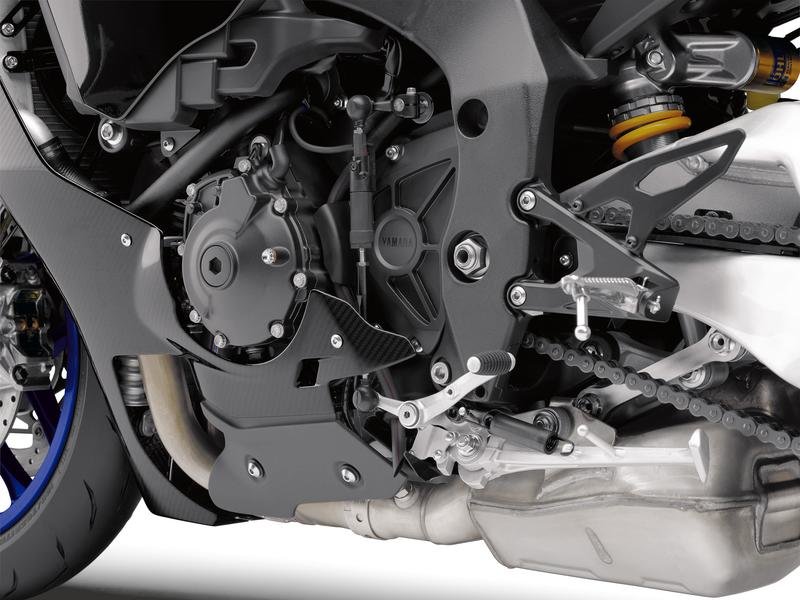
2019 R1M Engine
Yamaha’s latest-generation CP4 (cross-plane four-cylinder) engine weighs in at a claimed 197bhp, coming in at 13,500 rpm. Thanks to the engine's cross-plane design, the delivery of power and torque never feels like it’s struggling, and with 113.3 Nm (83lb-ft) at 11,500rpm, fluffed changes into tight bends aren’t really a worry.
I said in the review above that the engine seamless torque and never-ending power combine to make the R1’s engine about as close as you can come to an electric bike’s power delivery. You’ve got that anywhere in the rev-range overtaking ability that electric bikes have, yet the screaming, visceral top-end of a four-cylinder superbike – all backed by a luscious MotoGP soundtrack. What’s not to love!?
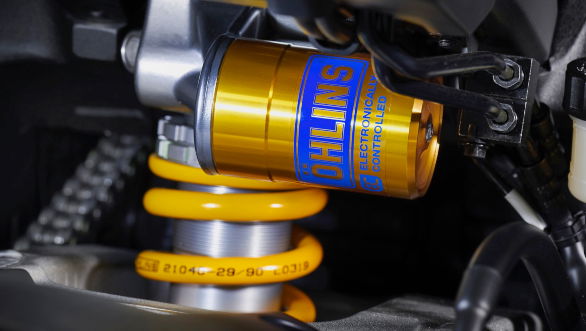
2019 R1M suspension
The primary reason for me wanting to swing a leg over the R1M was I’d never ridden the top-spec, Öhlins’ electronic suspension version on track. And with the 2020 launch of the new R1 and R1M being track riding only, I thought I’d probably get acquainted!
As I’ve spent all of this year floating around on magically suspended motorcycles such as this, I’ve got a pretty good idea as to what works on the road. And it’s good news for the team at Yamaha as the R1M floats along, even on the most rutted roads the UK has to throw at it.
But riding an R1M constantly on the road is a bit of a waste of such a well spec’d machine, so Silverstone’s R1M Masterclass beckoned to properly evaluate the machine.
After some assistance with the suspension settings, the Masterclass instructors all use R1Ms, I found the performance in both wet and dry conditions to be outstanding. The suspension can be felt constantly adding here and taking away there, the bike works away flawlessly behind the scenes providing you with the best possible platform to get around the track faster.
If there is one downside to the suspension it’s that the setting up of it, either through the trick TFT dash or the mobile app, is a little tricky to do. Hence why this technophobic road tester got some help before hitting the track!
2019 R1M handling
With the damp start to the R1M masterclass out of the way, the afternoon could be spent riding the national layout in perfect conditions and with each session my confidence in the bike and my own ability was beginning to grow.
At lean the mid-corner stability is stunning, allowing me to trust the bike’s computer-controlled chassis and focus on my body position and how to get the best corner exit possible. I said at the time to my instructor on the day, ex-BSB racer Brad Howell, it’s probably the most at ease I’ve felt riding a 1000cc sportsbike on track. And when you’re at ease with what you're doing, you are more relaxed, and that makes track riding so much easier, and faster.
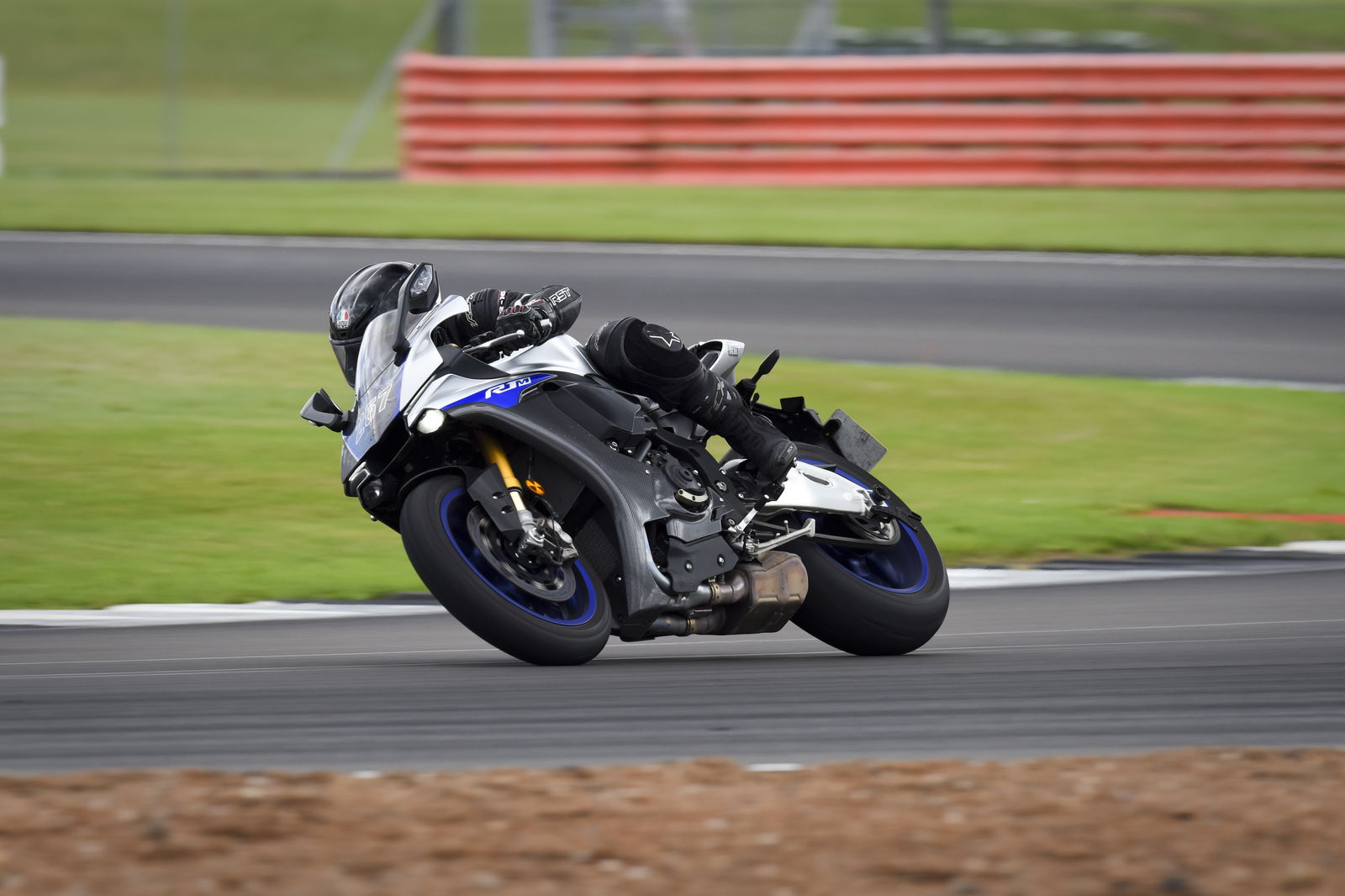
Trundling home from the track that evening, the same suspension that was wafting me along at 170mph was proving equally as good at navigating the maze of potholes and surface changes on the A45 back to Coventry. For a bike that’s DNA is so track derived and focussed, this ease of use is what makes them appealing to the non-trackday elite like me.
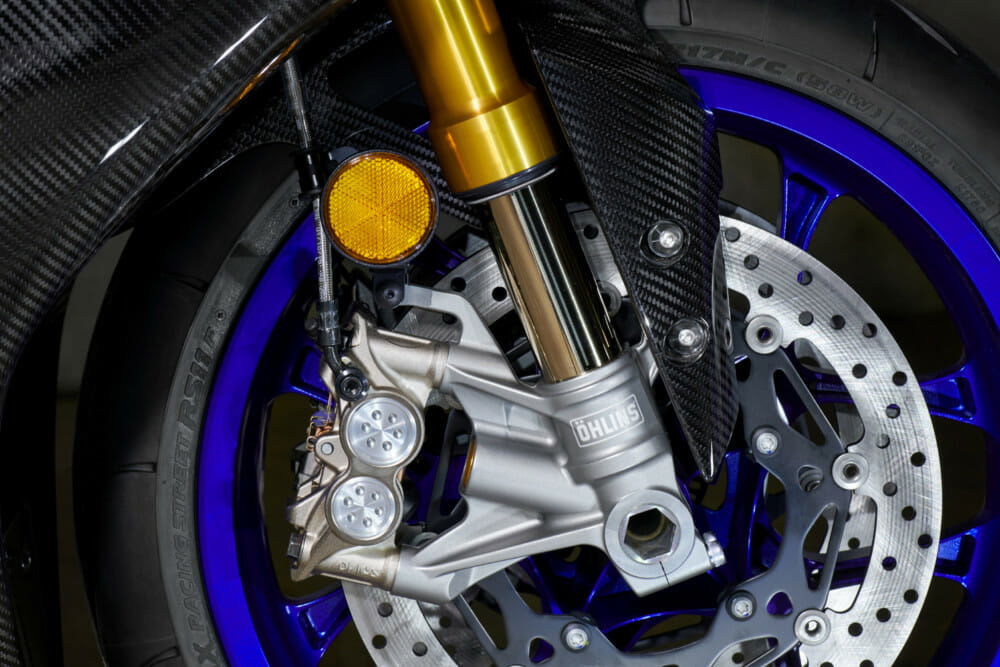
2019 R1M brakes
Braking on the R1M is provided by Sumitomo monoblock calipers and IMU controlled ABS. The brakes in normal use work fine but the R1 and R1M are fitted with a linked braking system, meaning a small amount of the braking pressure is applied to the rear when pulling hard on the front brake.
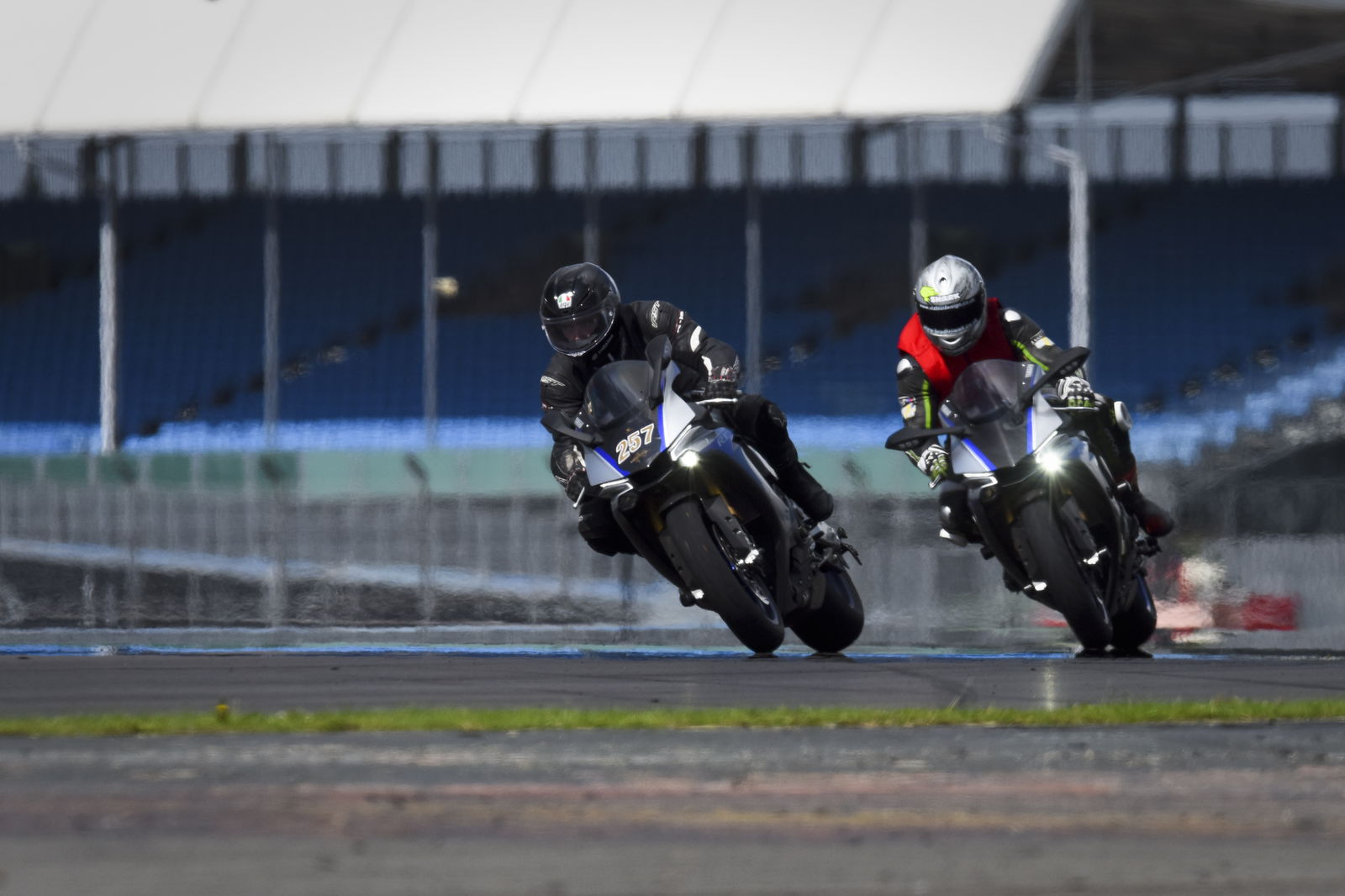
It wasn’t until riding on track, when Silverstone’s freshly re-laid surface was wet that the linked system could be felt, and it wasn’t all good. It could be that I’ve not encountered a linked braking system on track before but I found that I’d forget that the rear brake was applied when slowing into slower corners and I’d want to dab the rear to help turn the bike into the corner slightly. As soon as any pressure is applied to the level, the ABS would immediately pick up that too much brake pressure was being applied and the system would intervene.
It would also occasionally cause a slight weave of the tail on the way into Copse corner, as the rear wheel would be so close to hovering above the tarmac, even the slightest amount of braking force to the rear wheel would cause it to lose traction slightly.
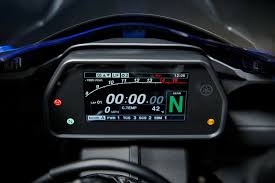
2019 R1M equipment
As with any of the current crop of top-flight superbikes, the R1M is bristling with tech. But it’s the way it’s delivered to you that makes it seem like the Nissan GTR of the motorcycle world. The sensors on the bike don’t just relay to the sensors what the bike is doing, the small but easy to read TFT dash also tells you the G-force you are pulling during acceleration and deceleration, along with how much pressure you are exerting through the system. It’s a neat enough party piece although on road or track I could never find the time to look at it. A fuel gauge would have been much handier!
Absent fuel gauge aside, the bike features a six-axis IMU which oversees millions of calculations a second and allows for an almost infinite amount of tinkering for the tech-minded rider.
One of the things I found slightly confusing was how Yamaha have listed the levels selected in the traction control, slide control and suspension settings. Some offer the highest amount of intervention at level one, while some seem to offer the highest intervention at level five. It’s only really confusing for the first couple of days but still, a ‘high, medium, low and off’ approach would be easier to work with in my opinion.
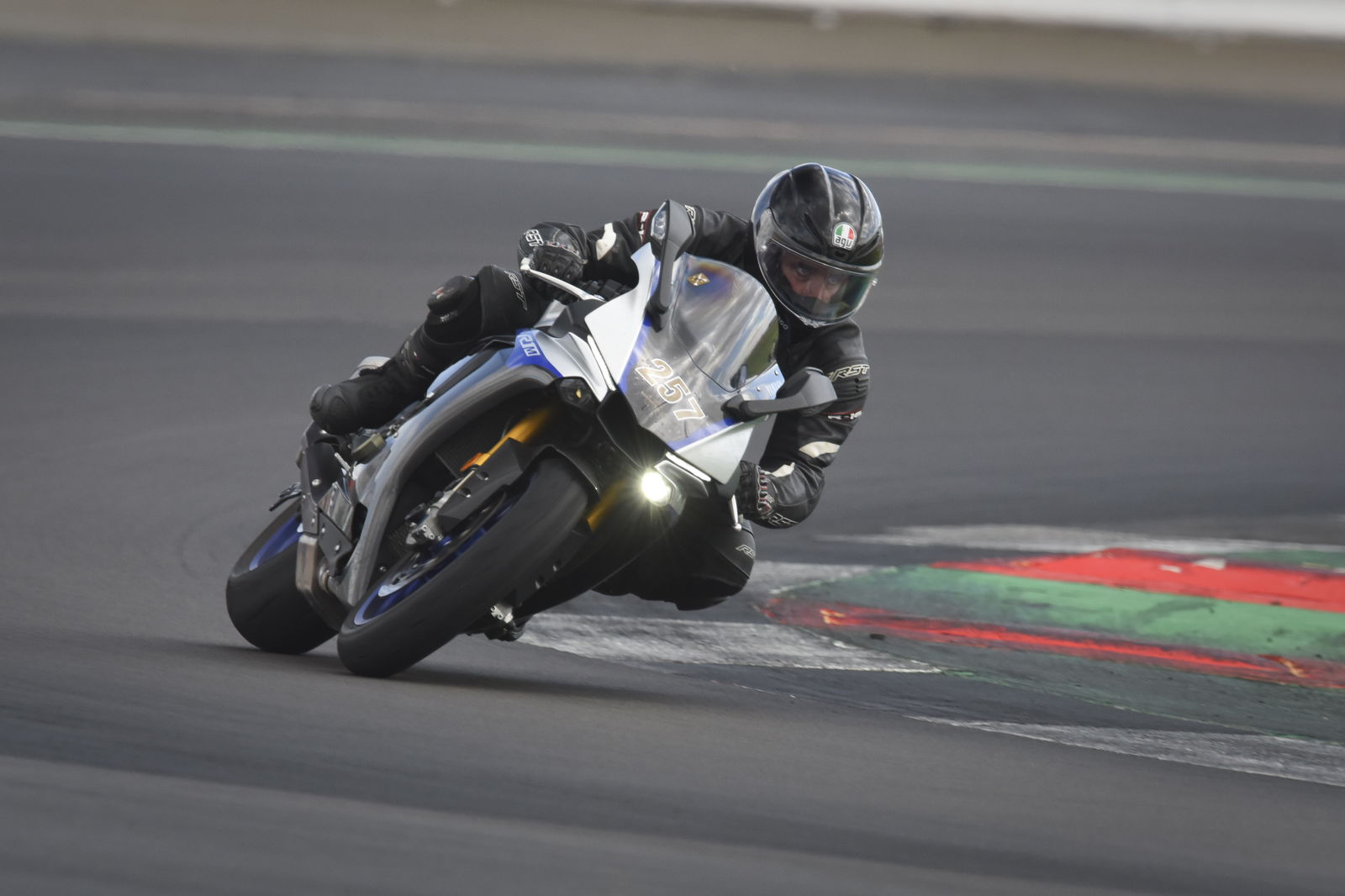
Should you buy the 2019 R1M?
After spending two weeks and about 1000 miles with the R1M it became clear the 2019 generation of the bike is a very formidable machine indeed. It feels like a very solid, well-built platform that’s easier to ride fast than I’d been led to believe. Granted in faster corners it feels slower to turn than bikes like the Panigale V4R and V4S, but once it’s there it seems to dispatch apexes with sniper-like precision.
While there are some compromises made to help make the R1M the track-tool it is, on-road these only become evident on slower rides. And slower rides are not what the R1M is all about.
